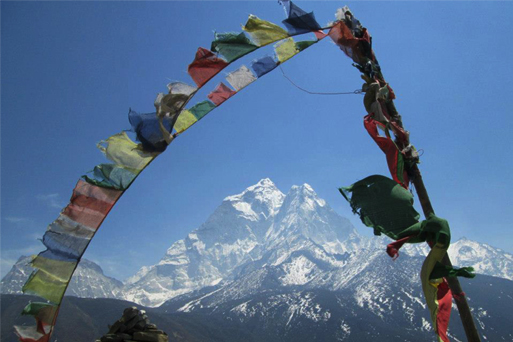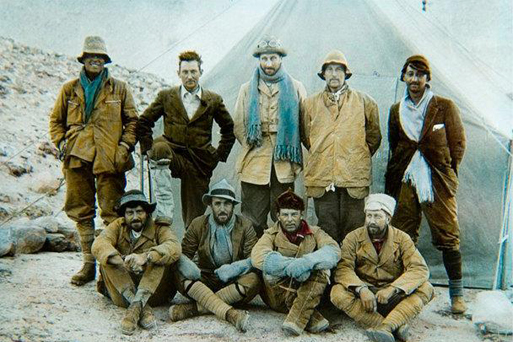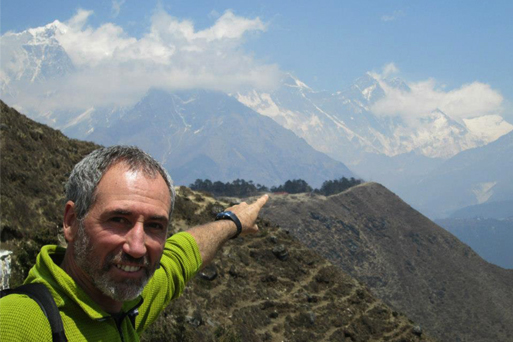In Tibetan, her name is Chomolungma, the Goddess Mother of the World. It wasn't until 1865 that Andrew Waugh, the Royal Geographical Society's Surveyor-General in India, gave the mountain the name that most of the world would know it by: Everest. He named it after his predecessor, Sir George Everest, who reportedly felt that a local name would have been more appropriate.

But the name stuck. And once the British Royal Geographic Society had determined that Everest was the highest mountain on Earth, the imagination of western mountaineers and alpinists had been irreversibly ignited.
In 1921, English mountaineer George Mallory led the first reconnaissance expedition to find a route up the northern side of the mountain. They got as high as 7,000 metres, and successfully scouted out a potential route to the summit, but lacked the equipment and supplies to climb any further.
"Gradually, we saw the great mountain sides and glaciers,” he wrote about that first reconnaissance mission. “Until far higher in the sky than imagination has dared to suggest, the white summit of Everest appeared."
Because it's there
When asked why one would want to climb Everest, Mallory famously responded: "Because it's there."

Photo: National Geographic
For thirty years, his words would provide an impetus to climbers. Many tried to reach the summit, but none made it. From the brutal cold and unpredictable storms on the mountain, to the many physiological difficulties faced by climbers, Everest seemed insurmountable.
But geopolitics also played a role – Nepal had been closed to foreigners for decades, meaning expeditions had to navigate the more difficult northern approach through Tibet. In 1950, China invaded Tibet, closing it to foreigners. The same year, Nepal opened its borders, and the southern, Nepalese approach to Everest has been used by climbers ever since.
Success
Finally, on 29 May 1953, a beekeeper from New Zealand named Edmund Hillary and a Nepalese Sherpa named Tenzing Norgay, became the first climbers to successfully reach the peak of Mount Everest, an accomplishment that capped off an age of human exploration and endeavour. Since then, thousands of climbers have reached the summit – Junko Tabei of Japan became the first woman to do it in 1975, and in 1978, Reinhold Messener and Peter Habeler became the first to do it without oxygen, and every year, hundreds make an attempt at scaling the mountain.
But it hasn't gotten any easier. Even though Everest is not as difficult a climb as K2, the world's second tallest mountain, the dangers are still formidable. Avalanches, crevasses, gale-force winds, unpredictable storms, temperatures forty degrees below freezing, and the Death Zone – that treacherous territory above 25,000 feet where the human body shuts down due to lack of oxygen – are all obstacles that would-be conquerors of Everest have to surmount.

But it's still there. And people are still climbing.
